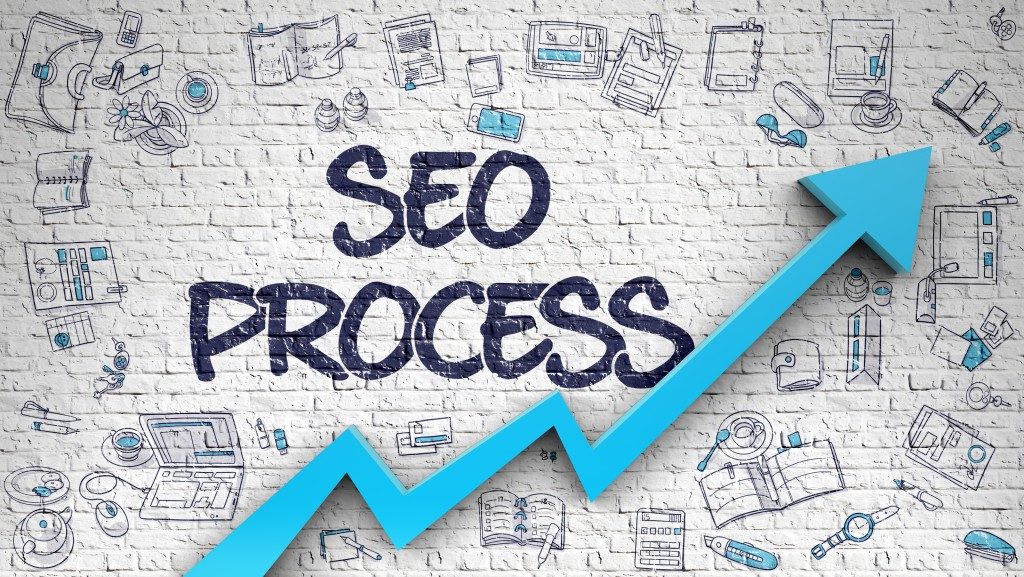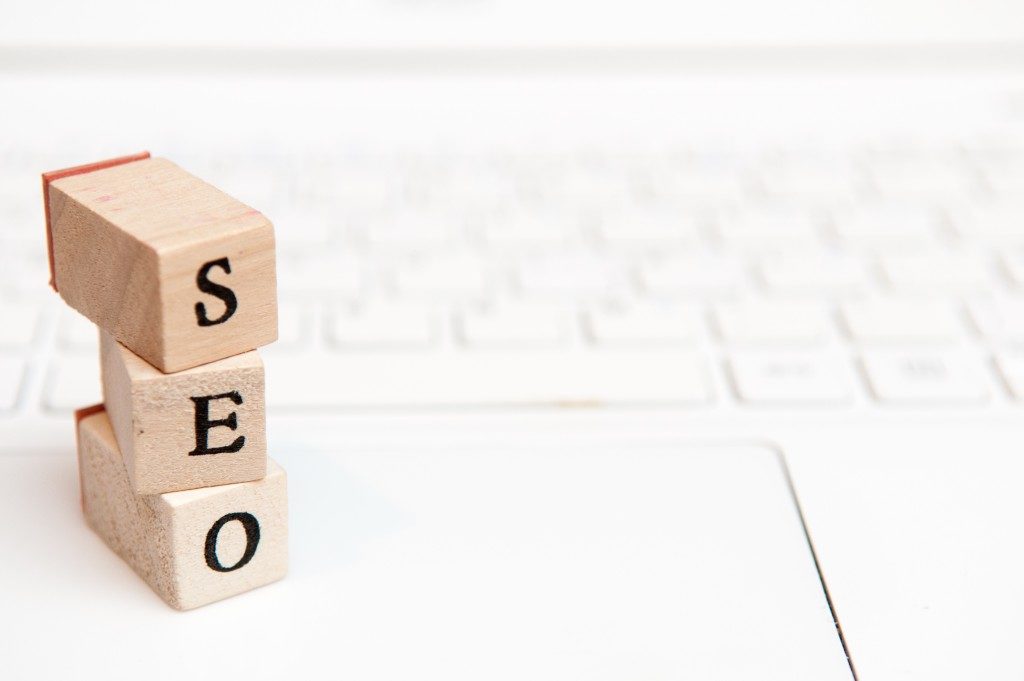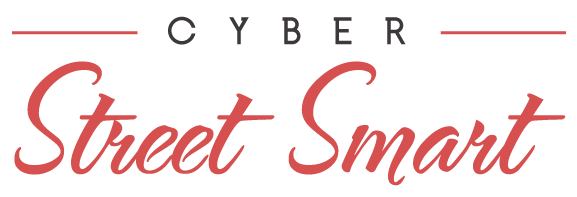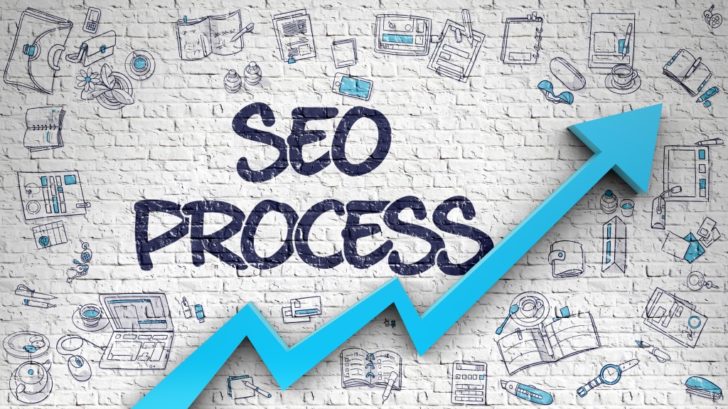
Everyone knows the vital role that SEO plays for all businesses with an online presence. Without SEO, all your marketing efforts will be mostly invisible among your target market, and this translates into a low ROI. A thoughtful and comprehensive SEO strategy is essential to reach your online marketing goals. Putting together this strategy, however, takes more than the right budget and your desired objectives. There are different on and off-page tactics that should form part of your plan to guarantee your marketing efficiency.
In Minnesota, without the expertise of SEO services, it is challenging to put together a profitable or even workable strategy. One of the elements that will be part of your plan is the tags. These might have been non-essential in the past, but search engines nowadays also base their rank on the structure and relevance of your content. Other than boosting your client’s experience, tags will increase your content’s relevance and help search engines to crawl your content and rank you higher. Here are the tag categories that will prove crucial to your marketing efforts:
Title Tags
These are placed on the top of a section and specify a webpage’s title. Title tags generally look like headlines on SERPs and will also be visible on browsers and social networks. Their primary objective is to provide a comprehensive and clear idea of the content on your page. To fully harness the power of title tags on your site, include them on each page and keep them to 50-60 characters. You should also put essential keywords first and use your brand name.
Meta Description Tags

This is a text paragraph placed at the top of a web page. It is commonly displayed as a SERP snippet with your page’s URL and title. It reflects the essence of your page and comprises 150-160 characters. As such, meta description tags entice clients to click on your site and promise a solution to their queries. Your meta description will influence the clicks you get, decrease your page’s bounce rate, and improve your CTR.
Heading Tags
These are HTML tags and are used to identify subheadings and headings within your content. Heading tags range from H1-H6, with H1 being the main heading and thus most prominent. H2-H6 tags are generally optional, though they ease the navigation of your content. Heading tags also make it easy for search engines to evaluate your content.
Bold Tags
These are used to highlight relevant sections of your content or add semantic stress on specific terms. Though most people might not consider them as important as other tags, they boost a site’s user experience and improve your content’s readability. Nevertheless, you should be careful not to use bold tags excessively as they may appear unnatural.
To maximize your on-page ranking elements, you cannot afford to neglect small tweaks that add to your overall picture. The given tags are some of the seemingly small SEO on-page elements, but they have a significant impact. Some tags can have a greater impact on your rank than others, but it is prudent to include all the tags to maximize your chances of a high search engine ranking.






